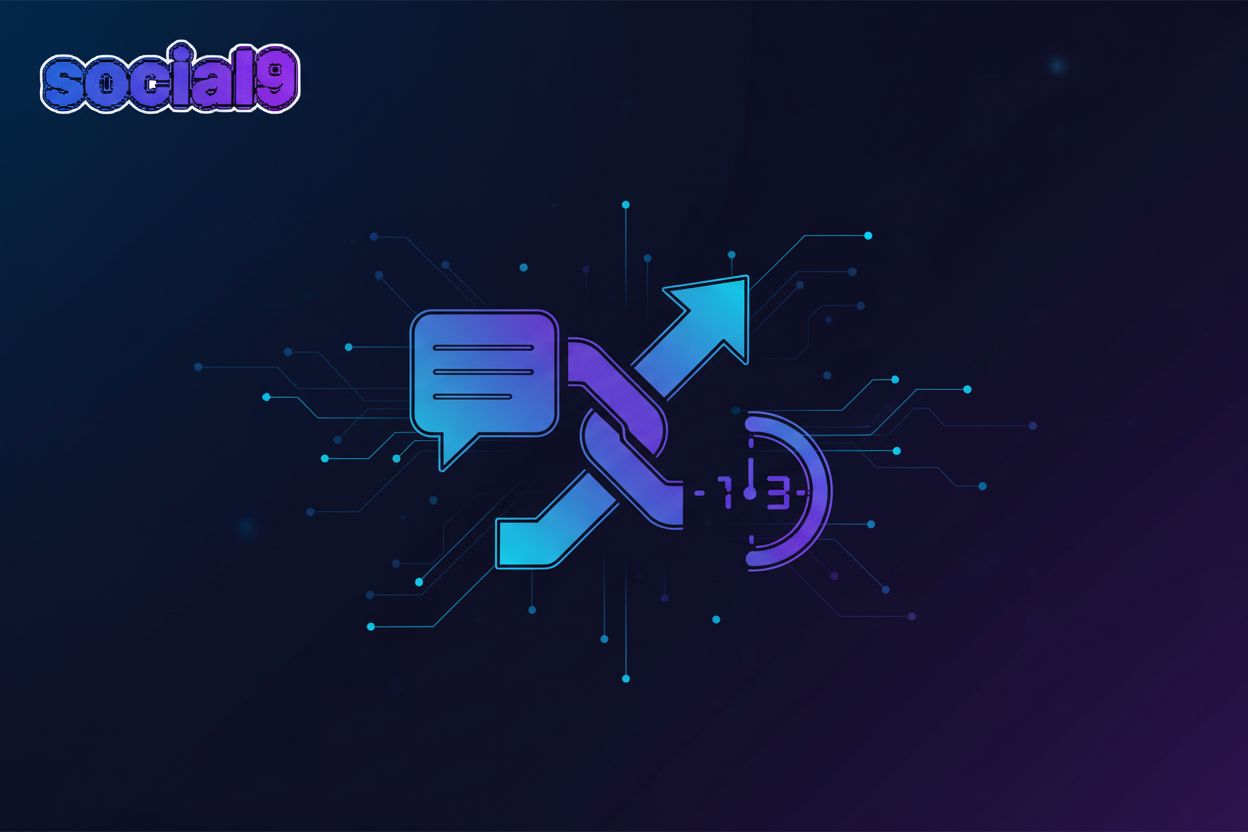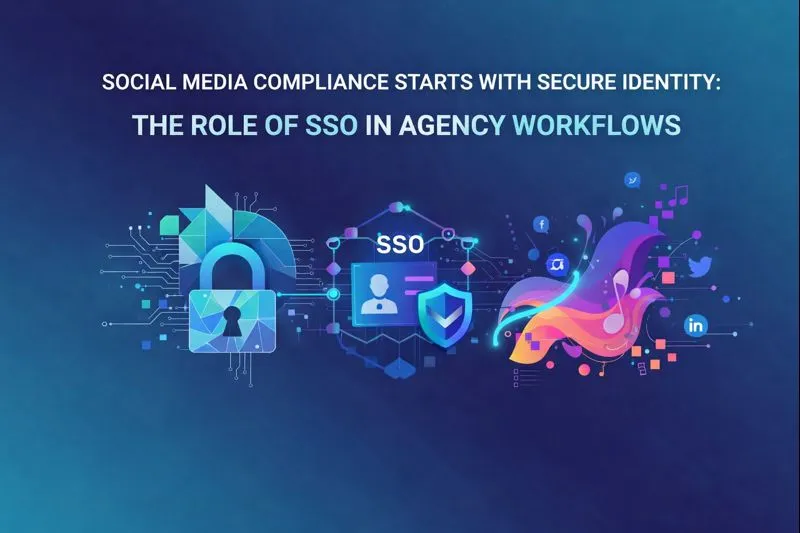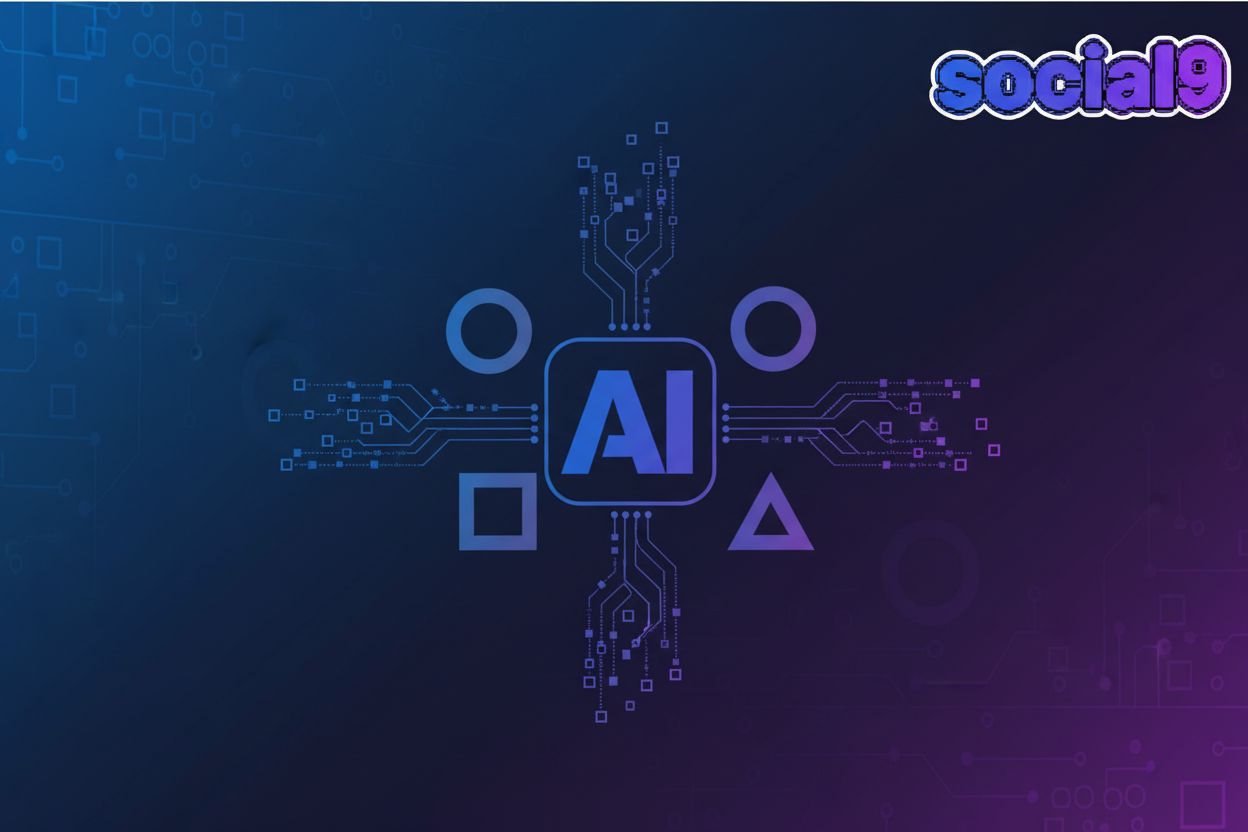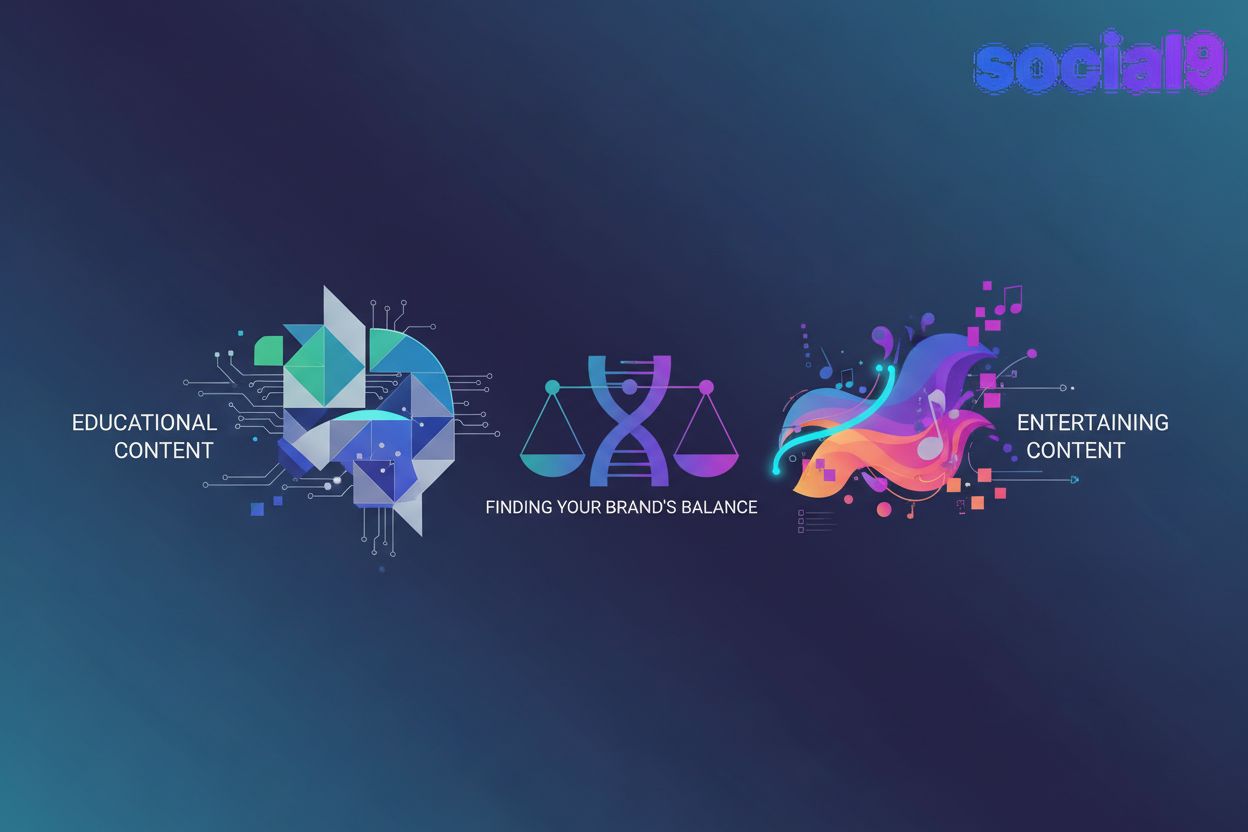Programmatic Influencer Marketing: A Content Creator's Guide to AI-Powered Success
Understanding Programmatic Influencer Marketing
Ready to revolutionize your influencer marketing? Programmatic influencer marketing uses data and automation to make campaigns more effective and scalable. (Programmatic Influencer Marketing: The Future of Influencer Outreach)
Programmatic influencer marketing moves beyond individual partnerships. It focuses on building ongoing, structured collaborations. This approach automates tasks like influencer selection and performance tracking.
The shift to programmatic methods marks a significant leap forward. Traditional influencer marketing often involves manual processes, like individually reaching out to influencers, negotiating terms, and approving content piece by piece. Programmatic influencer marketing, on the other hand, leverages the power of platforms and ai to automate many of these tasks, making campaigns more efficient and scalable.
Here's a closer look:
Moving beyond one-off influencer collaborations to structured, ongoing partnerships.
- This involves establishing longer-term relationships with influencers, rather than just hiring them for a single campaign.
- For example, a skincare brand might partner with a beauty influencer to create a series of monthly content pieces, providing consistent exposure and building trust with the influencer's audience.
Automating influencer selection, campaign execution, and performance tracking.
- Programmatic platforms use ai to identify influencers who are the best fit for a brand based on factors such as audience demographics, engagement rates, and content relevance. (Top 18 AI-Powered Influencer Marketing Platforms for 2025)
- Campaign execution can be automated through features such as pre-scheduled content posting and automated payment processing.
Utilizing data-driven insights to optimize campaigns in real-time.
- Real-time analytics dashboards allow marketers to monitor the performance of their campaigns and make adjustments as needed.
- For example, if a particular piece of content is not performing well, the platform can automatically adjust the campaign parameters to improve its performance.
Traditional influencer marketing: manual outreach, negotiation, and content approval.
- This typically involves a lot of manual work, such as identifying potential influencers, contacting them individually, negotiating rates and terms, and reviewing and approving content.
- For instance, a fashion retailer might spend hours searching for influencers on Instagram, emailing them to discuss potential collaborations, and manually tracking the performance of each post.
Programmatic influencer marketing: leveraging platforms and ai for efficiency and scale.
- Programmatic platforms automate many of these tasks, making it easier to manage large-scale campaigns with multiple influencers.
- Ai algorithms can analyze data on millions of influencers to identify those who are the best fit for a brand, saving marketers significant time and effort. (AI in Influencer Marketing: Transforming Campaigns)
Benefits: increased reach, better targeting, and improved roi.
- Programmatic influencer marketing can help brands reach a wider audience, target their ideal customers more effectively, and achieve a higher return on investment.
- For example, a consumer packaged goods (CPG) company might use a programmatic platform to target millennial moms with an interest in healthy eating, resulting in a more efficient and effective campaign.
With a clearer understanding of programmatic influencer marketing, let's explore how it compares to traditional methods.
Why Content Creators Should Embrace Programmatic
Ready to elevate your content game? Programmatic influencer marketing might be the key to unlocking new levels of efficiency and impact.
Programmatic influencer marketing offers content creators several advantages. This approach streamlines many of the time-consuming tasks associated with traditional influencer collaborations. Let's dive into the specifics:
- Automated influencer discovery and vetting processes. Programmatic platforms use algorithms to identify influencers who align with your brand and content. This saves countless hours spent manually searching for suitable partners.
- Streamlined campaign management and reporting. These platforms automate content distribution, track performance metrics, and generate detailed reports. This feature frees you from administrative burdens.
- Freeing up time for creative content development. By automating repetitive tasks, you can focus on what you do best: creating engaging and innovative content.
Programmatic influencer marketing also helps you connect with the right audience. This is how you can maximize your impact:
- Ai-powered audience analysis for precise influencer selection. Ai algorithms analyze audience demographics, interests, and behaviors to identify influencers who resonate with your target market.
- Reaching niche communities and demographics effectively. Programmatic platforms enable you to target specific segments of the population. This is especially useful for reaching niche communities with tailored content.
- Maximizing campaign impact with relevant influencers. Connecting with the right influencers ensures that your content reaches an audience that is genuinely interested in your message.
Data-driven insights are crucial for improving your content strategy. Here's how programmatic influencer marketing can help:
- Real-time performance tracking and analytics. Programmatic platforms provide dashboards that track key metrics such as engagement rates, reach, and conversions.
- Identifying successful content formats and strategies. Data analytics help you understand what types of content resonate most with your audience. This allows you to refine your content strategy for future campaigns.
- Iterative improvement for continuous roi growth. By continuously monitoring and analyzing campaign performance, you can make data-driven adjustments to improve your return on investment.
With programmatic influencer marketing, content creators can optimize campaigns, enhance efficiency, and maximize their impact. This sets the stage for a more strategic and data-driven approach to content creation. Now, let's explore how programmatic influencer marketing compares to traditional methods.
Key Components of a Programmatic Influencer Strategy
Are you ready to make your influencer marketing strategy more effective? Understanding the key components is essential for success in programmatic influencer marketing.
Finding the right influencers is the first step. Programmatic platforms use ai to identify relevant influencers. This process is based on factors such as audience demographics, engagement rates, and content quality.
- Ai-powered platforms analyze vast amounts of data. They match influencers with brands based on specific criteria. For instance, a financial services company might seek influencers with a strong following among young investors.
- Assessing authenticity is crucial. Look for genuine engagement and alignment with your brand values.
Effective campaign planning is vital. This involves setting clear goals and developing a content strategy.
- Defining campaign goals helps measure success. Key Performance Indicators (KPIs) might include reach, engagement, website traffic, and conversions. A healthcare provider, for example, may aim to increase appointment bookings through an influencer campaign.
- Developing a content calendar ensures consistency. Messaging guidelines maintain brand voice.
- Automating content distribution saves time and effort. Scheduling tools ensure content is published at optimal times across different platforms.
Tracking performance is essential for optimizing campaigns. Analytics dashboards provide insights into key metrics.
- Tracking metrics such as reach, engagement, website traffic, and conversions provides a comprehensive view of campaign performance. For instance, a retail brand might track the number of sales generated through influencer-specific discount codes. Programmatic platforms typically integrate with e-commerce systems or use unique tracking URLs and codes to attribute sales directly to specific influencers, making this process automated and measurable.

- Analytics dashboards visualize campaign performance. This makes it easier to identify trends and areas for improvement.
- Generating automated reports streamlines communication. Sharing insights with stakeholders keeps everyone informed.
Understanding these key components is vital for a successful programmatic influencer strategy. By focusing on influencer discovery, campaign planning, and performance measurement, you can optimize your influencer marketing efforts.
Next, we'll explore AI-powered tools for programmatic influencer marketing.
AI-Powered Tools for Programmatic Influencer Marketing
Ai is changing the influencer marketing landscape, offering tools that can streamline content creation, improve influencer matching, and provide deeper performance analytics. These ai-powered tools help content creators and brands alike to optimize their strategies for better results.
Ai-powered tools help generate engaging content for social media. These tools can assist with tasks like writing captions and finding relevant hashtags. Instead of spending hours brainstorming, content creators can use ai to quickly produce high-quality material tailored to their audience.
- Ai algorithms can analyze trending topics. They suggest content ideas that resonate with specific demographics. A food blogger, for example, could use ai to generate recipes and post ideas based on seasonal ingredients and trending food topics.
- Ai can also repurpose content. It adapts it for different platforms. A video created for YouTube can be automatically reformatted into shorter clips for TikTok or Instagram Reels.
Finding the right influencer can make or break a campaign. Ai algorithms analyze audience demographics, interests, and behaviors. This process helps brands connect with influencers whose followers are the most relevant and engaged.
- Ai tools assess various data points. These include follower demographics, engagement rates, and past content performance. This helps ensure that the selected influencers align with the brand's target audience and values.
- By improving campaign targeting, brands see a better return on investment. A skincare company, for instance, can use ai to identify influencers whose followers are genuinely interested in skincare and beauty, rather than relying on broad demographics.
Ai-driven analytics dashboards track campaign performance in real time. These dashboards identify trends, patterns, and insights that help optimize campaigns. Predictive analytics forecast future campaign performance.
- Ai algorithms analyze engagement rates, reach, and conversions. This gives a comprehensive view of how content performs. For example, if a particular type of post is generating high engagement, the ai can highlight this trend, prompting the creator to produce more similar content.
- Predictive analytics can forecast the potential reach and impact of future content. This helps in making informed decisions about content strategy and resource allocation.
Ai tools provide content creators with powerful capabilities. They improve content creation, influencer matching, and performance analytics. These tools drive better engagement and roi.
With ai transforming programmatic influencer marketing, the next step is to explore examples of successful programmatic influencer campaigns.
Strategies for Content Creators
Ready to take your content creation to the next level? Strategic planning is key to maximizing your impact and building a loyal audience.
First, pinpoint your niche. What unique perspective or expertise do you bring to the table?
- Dive deep into your passions and skills. This way you can carve out a specific area where you can truly shine.
- Next, identify your target audience. Who are you trying to reach with your content?
- Consider demographics, interests, and pain points. Tailor your content to resonate with their needs and preferences.
Consistency is crucial for building a strong brand. This is how you ensure your audience keeps coming back for more:
- Develop a content calendar. Plan your posts in advance to maintain a steady stream of fresh material.
- Focus on quality over quantity. High-quality content establishes you as a credible voice in your niche.
- Experiment with different formats. Mix blog posts, videos, infographics, and social media updates to keep your content engaging.
Your brand voice and aesthetic set you apart from the crowd. Here's how to create a memorable identity:
- Define your brand personality. Are you humorous, authoritative, or inspirational? Let your personality shine through your content.
- Develop a consistent visual style. Use a cohesive color palette, typography, and imagery across all platforms.
- Engage with your audience. Respond to comments, answer questions, and participate in relevant conversations.
Ai can help you discover trending topics and optimize your content. But remember, authenticity trumps automation. Let's explore how to leverage ai for content optimization.
Examples of Successful Programmatic Influencer Campaigns
Want to see programmatic influencer marketing in action? Let's explore some examples of how brands are leveraging this strategy to achieve their marketing goals.
One effective approach is to partner with micro-influencers on platforms like TikTok. These influencers create engaging video content to increase brand awareness among Gen Z. The results? Increased brand mentions, website traffic, and social media followers.
Another strategy involves collaborating with macro-influencers on Instagram. These influencers create product reviews and tutorials to drive sales for new product launches. This leads to increased product sales, website conversions, and customer engagement.
For B2B companies, partnering with industry experts to create webinars and whitepapers can be highly effective. This approach helps generate qualified leads for software companies. This can result in increased lead generation, website sign-ups, and sales pipeline.
Many brands use behind-the-scenes content by involving an influencer and showcasing their profile. For example, a makeup brand can let an influencer in the beauty niche 'take over' their social media and showcase the brand’s products.
These examples demonstrate the versatility and effectiveness of programmatic influencer marketing. As Trend.io notes, you can use influencers in all three stages of the marketing funnel.
- Awareness Stage: Influencers can introduce new products or services to a broad audience, generating initial buzz and making potential customers aware of your brand's existence. Think unboxing videos or initial product introductions.
- Consideration Stage: Influencers can provide more in-depth reviews, tutorials, or comparisons, helping consumers evaluate your offering against competitors. This builds trust and educates potential buyers.
- Decision Stage: Influencers can drive final purchase decisions through exclusive discount codes, limited-time offers, or by showcasing how the product fits into their lifestyle, encouraging immediate action.
Now, let's delve into the future of influencer marketing.
The Future of Influencer Marketing
The influencer marketing landscape is constantly evolving. It's crucial to understand the trends that will shape its future. Let's explore what lies ahead for content creators in this dynamic field.
Ai algorithms will increasingly personalize influencer content. This will be based on audience preferences for maximum engagement. Hyper-targeted campaigns will also drive increased roi.
- Ai can analyze data to understand what content resonates best with different audience segments.
- Dynamic content optimization adjusts messaging in real-time. This ensures maximum impact.
- A financial services company might use ai to tailor investment advice. This advice caters to individual risk profiles.
- Why hyper-targeting leads to better ROI: By precisely reaching individuals who are most likely to be interested in a product or service, brands reduce wasted ad spend on irrelevant audiences. This increased relevance leads to higher conversion rates and a more efficient allocation of marketing budgets, ultimately boosting ROI.
Virtual influencers are emerging as a cost-effective marketing solution. These ai-powered entities possess unique personalities and audiences. Ethical considerations and transparency are also vital.
- Virtual influencers can maintain a consistent brand image. They are available 24/7.
- These virtual personalities are also scalable. They can engage with audiences across multiple platforms.
- Ethical considerations and transparency: Brands must clearly disclose that virtual influencers are not real people. This includes being upfront about their AI-generated nature and any sponsored content they promote. Transparency builds trust with consumers, preventing deception and maintaining brand integrity.
Programmatic influencer marketing is becoming the standard approach.
- Increased adoption of ai-powered tools and platforms streamlines the process.
- The focus is shifting towards long-term partnerships and data-driven optimization.
- This approach allows for continuous improvement and better roi.
Programmatic influencer marketing is here to stay. Embrace these trends to thrive in the future.





